 |
|

|
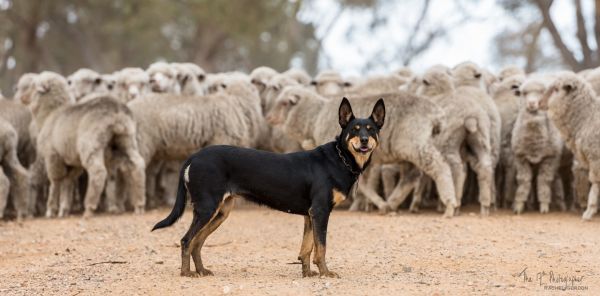 |
 |
September Large Animal News |
September 2018 |
 |
|
 |
Our September newsletter is a bumper issue - we recommend you take a few minutes, sit down with a cuppa and enjoy the read.
Each month we like to bring you topical issues that our vets are seeing in the field - our thanks to vet Andrew Denman for the article on scouring calves.
It's great to see some long overdue rain - we hope it continues to find us!
Photo credit to the17thphotographer for our great banner photo.
|
 |
 |
|
|
|
 |
 |
01 Scouring calves |
 |
 |
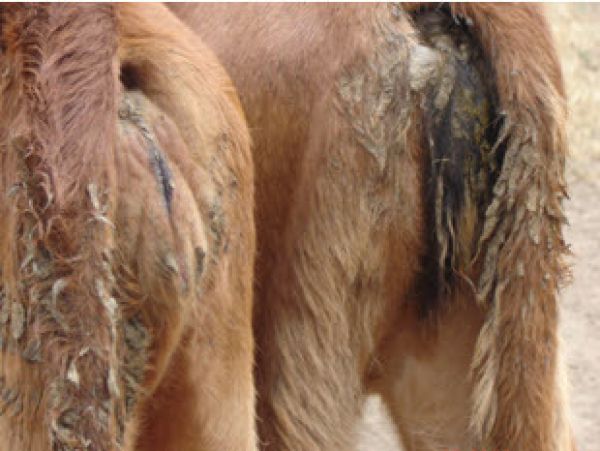 image infonet-biovision.org
|
|
 |
"At OVH calf scours is the most common sign of illness that we see in calves, particularly in the first month of life. The diarrhoea can be of a different consistency and colour, and may even be blood stained. There are many causes of calf scours but the most common is infectious, these include bacterial (E. coli, salmonella), viral (rotavirus, coronavirus) or protozoal (cryptosporidia, coccidia). Although the colour of the scour and the age the calf presents, can give us an idea of the cause, we strongly recommend diagnostic testing to try to confirm the cause of the scour.
Due to the dry period extending into the calf rearing period, we are seeing a larger than normal number of scouring calves. This is mainly due to more intensive feeding practices causing more faecal contamination and stress in the calves. We have seen a number of cases of coccidiosis this year and without laboratory testing to confirm the diagnosis we would not have been able to treat these calves with the appropriate antibiotics and more losses would have occurred.
Whatever the cause of the scour, the lining of the bowel is damaged, resulting in the loss of large amounts of body fluid into the gut. As a result, the calf quickly dehydrates, electrolytes become unbalanced, energy reserves are depleted, and the calf may develop shock and die.
The treatment of scours in calves should aim to replace lost body fluids, correct the electrolyte imbalance, and supply energy, as well as treating the causative agent.
Please contact OVH if you have any questions regarding the treatment, diagnostic testing or prevention of calf scours."
|
 |
 |
|
 |
 |
02 Injectable pain relief |
 |
 |
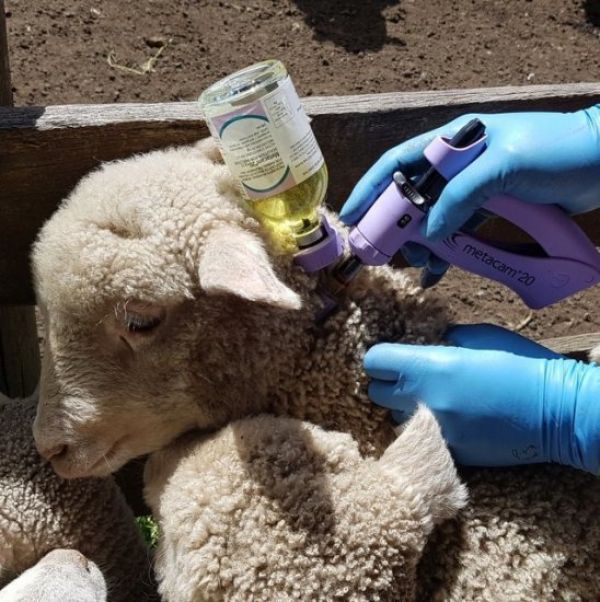 image courtesy Flyboss.com.au
|
|
 |
Product Spotlight - Metacam 20 injectable - Bonus Stock Mark offer
Effective pain relief for animal husbandry practices has proven benefits for both the animal and the producer. Animals in pain exerience altered behaviour patterns and eat less compromising weight gain. Managing pain from routine procedures such as castration, tail docking, mulesing or even injuries sustained during shearing is integral to farm animal well-being.
Non steroidal anti inflammatory drugs (NSAID) offer highly effective pain relief by reducing local inflammation and limiting the intensity of the pain signal to the brain.
Metacam 20 - an injectable NSAID - a product familiar to many producers, is now available in 100ml and 250ml sizes. With lamb marking imminent we have a special offer for clients purchasing Metacam 20 in any full bottle size - not one but TWO bonus Dy Mark spray packs of stock marking paint.
We are happy to talk to you about pain relief for your animals. Ring ahead to order your supply of this trusted pain relief and claim your bonus Stock mark - 63618388.
|
 |
 |
|
 |
 |
03 Dogs and sheep worms |
 |
 |
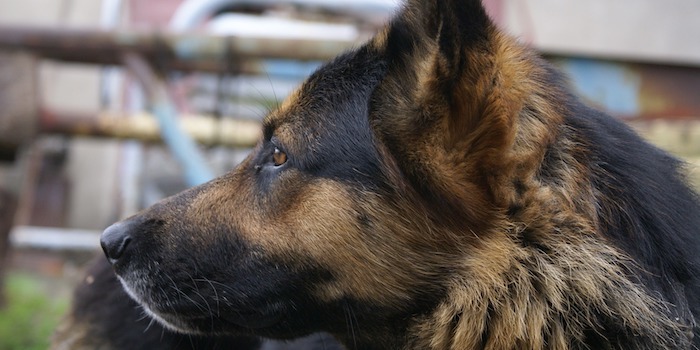
Bladder worm is the name of a tapeworm which lives and breeds in dogs (both domesticated and foxes) and is picked up by sheep grazing contaminated pastures.
Economic consequences
+ There are usually no production or health consequences for the sheep.
+ Sometimes production losses occur and rarely the parasite causes sudden death due to severe liver damage with secondary bacterial infection. Black disease (one of the clostridia vaccinated against in 5-in-1 vaccine) can be triggered by parasites migrating through the liver. This generally only occurs in un-vaccinated sheep.
How do sheep get it?
+ Dogs and foxes are the definitive hosts. They are infected by eating raw offal containing cysts.
+ The tapeworm then takes up residence in their intestine and produces eggs which are passed out in faeces, contaminating pastures.
+ Goats/cattle/pigs are an intermediate host. They are infested when they graze pasture contaminated with the tapeworm eggs.
+ Once ingested, the eggs hatch and the larvae migrate through the liver to the liver surface (and on to other organs) where they form cysts.
At the abattoir
+ Infected livers are trimmed if individual cysts are detected OR condemned if multiple cysts are present or the line is significantly affected.
Treatment and prevention
+ There is no treatment for bladder worm, you must break the lifecycle.
+ Worm your dogs: Worm all dogs on the property monthly with a product containing praziquantel. This includes all dogs coming onto the property with contractors etc.
+ Don’t allow dogs to eat sheep or goat meat: Feed commercial dry dog food to your dogs, prevent them from scavenging or roaming and clean up and dispose of dead animals.
|
 |
 |
|
 |
 |
04 Get your LPA requirements sorted |
 |
 |
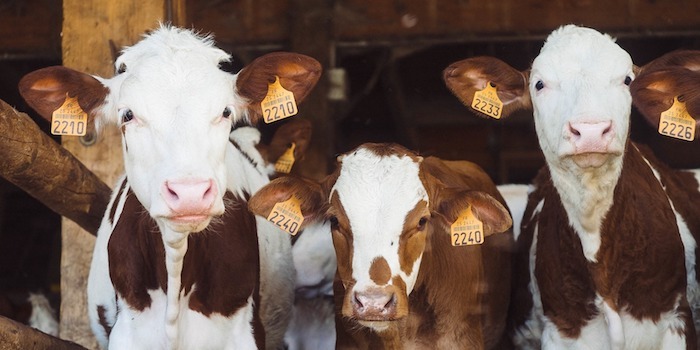
With the LPA actively auditing farmers, it is essential that you have a biosecurity plan and an animal welfare plan. We have the capacity to produce these for you now with the release of a new software program.
WELFARECHECK® is a software tool that allows for a guided consultation between a producer and their veterinarian to create a farm animal welfare plan that would ensure the farm satisfies their LPA animal welfare component requirements. The major recognised risks to animal welfare are discussed and assessed. Where necessary, plans to reduce the risks or improve animal welfare can be made and documented.
The Australian Animal Welfare Standards and Guidelines for Cattle (Animal Health Australia, 2014) have been agreed by State and Territory Governments and are being regulated into law by most State and Territory governments. They provide for minimum (required) standards and provide highly recommended (but not mandatory) guidelines that provide a higher level of detail. Version one of WELFARECHECK® documents all the Cattle Standards and Guidelines and allows for a discussion about each.
However, rather than just the “tick a box” stating that the farm complies, WELFARECHECK® allows for details to be entered about how risks are being managed or might be better managed. For example, there is a guideline about having a plan for breakdown or mechanical failure affecting feed/water or milking. The WELFARECHECK® plan prompt for this is “Describe the major risks and your plan (including the businesses to call) in case of emergency”. Thus, the plan document could be used by farm staff as a resource in the event of an animal welfare emergency.
Version 1 plans contain a complete copy of the Cattle Standards and Guidelines embedded within them and thus satisfy the LPA requirement that producers have a copy of these. They also contain line items that check for other areas of LPA compliance (for example, that the appropriate personnel have undertaken the online training).
If you would like assistance with the creation of an animal welfare program, please call us.
|
 |
 |
|
 |
 |
05 Antibiotics in livestock - should we be worried? |
 |
 |
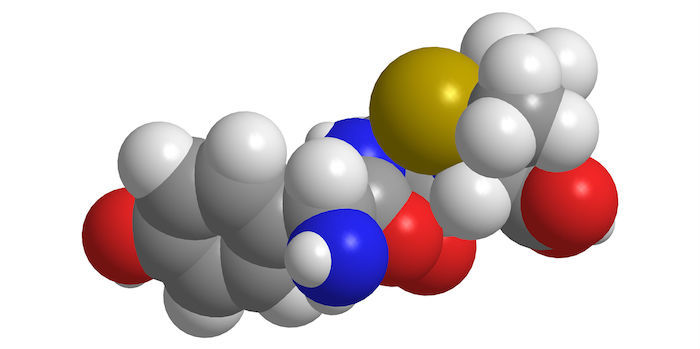
Australia imports around 700 tonnes of antibiotics annually. One-third is for human use, 8% is used for veterinary use and the remaining quantity (over 50%) goes into stock and poultry feed. This is a similar story in the USA where 80% of all antibiotics sold are for use in poultry and stock. Given these facts, it is no surprise there is growing public concern about the use of antibiotics in the animal and agriculture industry.
Did you know: If you have resistant bacteria on your farm, the greatest risk is not down the food chain, it is you, your workers and their families. They are the ones directly in contact with the resistant bacteria.
So for farmers using antibiotics, how do we use them prudently?
1. Do not use antibiotics as growth promoters. This has been done, and does work, however using antibiotics in this fashion would have Alexander Fleming (the inventor of penicillin) rolling over in his grave! There are much more sustainable ways to increase production than using antibiotics.
2. Use antibiotics for prophylaxis (disease prevention) sparingly – turn to alternatives like diet modification, strategic vaccination and environmental management to lower our reliance on antibiotics.
3. Therapeutic use (treating sick cows) is not an overall issue. The welfare of sick animals is a high priority and using effective medications is important. However, you need to be discussing treatment protocols with us to ensure you are using the right drug, at the right dose, for the right amount of time and applying the correct withholding period to that animal.
|
 |
 |
|
|
|
 |
 |
07 Quarantine for horses |
 |
 |
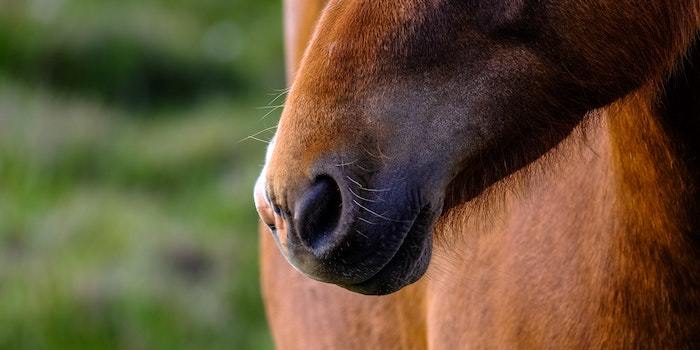
Q. I have just bought a new gelding from a horse sale. I have very limited information on his health history. What should I consider before bringing him home?
A. Any new additions to your property should always be placed in quarantine for at least 14-21 days. This reduces the likelihood of spread of disease and weed seeds onto your property and gives you an opportunity to assess and consider your new horse’s health program.
It is a good idea to arrange a visit from your vet for a thorough check-up, including a dental exam, to decide on the most appropriate health program for your new horse. Factors to consider include hoof care, dental care, parasite control, vaccination and nutrition.
Quarantine areas are certainly important for new introductions, but they can also serve to isolate and prevent the spread of disease when you have a sick horse.
Some tips for utilising a quarantine area on your property:
+ The quarantine area should be away from the main herd, and out of the way of horse traffic
+ Assign designated quarantine area equipment including feed and water buckets, halters and leads, and grooming equipment
+ Reduce the risk of cross-contamination by limiting the number of people in contact with quarantined horses, and handle quarantined horses last for the day
+ Practice good hygiene, especially when caring for sick horses in quarantine – wear disposable gloves, use footbaths, wash hands, and change and wash clothes
|
 |
 |
|
 |
 |
08 Double trouble - twin pregnancies in horses |
 |
 |
There are plenty of animal species out there that bear twin pregnancies, so why does the notion of a twin pregnancy in a mare cause dread for horse breeders and vets alike? It all comes down to the anatomy of the mare’s uterus and placenta. The mare’s uterus and the placenta are simply not designed to accommodate for more than one foetus. The placenta needs maximal contact with the uterus for adequate transfer of oxygen and nutrients to the foetus, and sharing of this space often results in tragedy.
How do twin pregnancies occur?
Multiple ovulations are relatively common in mares, and the fertilisation of these multiple ovulations can create headaches. These pregnancies are usually non-identical, rather than identical (whereby the fertilized egg splits into two). Around 94% of multiple pregnancies are twins, only 5% are triplets, and quadruplets are extremely rare.
Managing twin pregnancies
Due to the poor prognosis and significant risks associated with carrying twins, early recognition and management is critical. Twin pregnancies can be detected with the use of ultrasound from around 12-14 days after ovulation. Your vet will consider a number of factors when deciding on the best course of action including ovulation history, embryo size, and embryo location in the uterus. The most common procedure is the manual reduction or “popping” of one of the twins, which when performed between days 13-16 can be successful in up to 96% of cases. Other options include monitoring the pregnancies for natural reduction, or intentionally terminating the pregnancy with prostaglandin injections and re-breeding the mare at the next cycle.
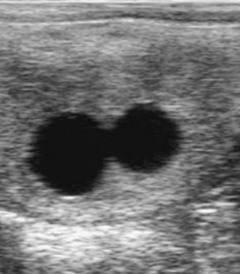
14-day pregnancy scan - twin pregnancies measuring 15mm and 13mm diameter (Source: Eve Hall)
Take home messages:
+ Twins are a well-recognised cause of pregnancy failure in mares
+ In rare instances where twin foals are carried to term, they are often undersized and many die or succumb to illness after birth
+ Twins are avoidable - the use of ultrasound is paramount for early detection and successful management of twin pregnancies
|
 |
 |
|
 |
 |
09 Cattle lice - what to do about them? |
 |
 |
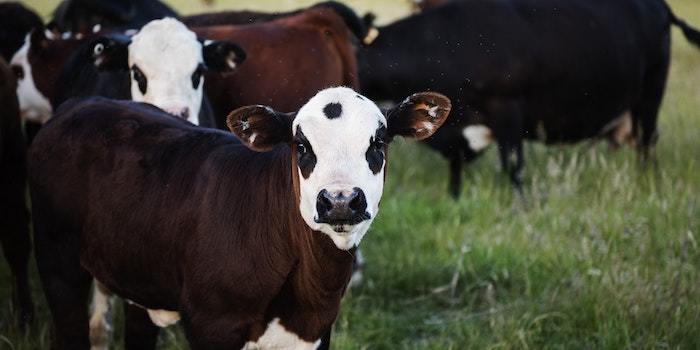
Lice irritate cattle, causing them to scratch, bite and rub themselves. This constant irritation is a welfare problem, especially in severe infestations. The may also damage fencing, gates, trees or anything they can find to rub themselves against.
There are 2 types of lice:
+ Biting lice feed on skin debris and can cause severe irritation.
+ Sucking lice pierce the skin and suck blood. In large numbers, they can cause anaemia.
The lifecycle & spread
+ Adults glue eggs to the hair shaft. They hatch and then take 8-19 days to go through several growth stages before becoming adults. The entire life cycle takes 3-6 weeks.
+ Lice are spread by direct contact between cattle. Adult lice and their eggs only survive a few days once removed from cattle.
+ Cattle lice only live on cattle and do not spread to other farm animals.
+ Infestations are worst during winter.
What else influences the burden on the cattle?
+ Lice numbers seem to increase on cattle in poorer condition. They don’t seem to be the cause of a poor condition.
+ Cattle with chronic disease also carry heavier infestations.
Treating lice, why and how?
+ Treating light to moderate infestations is generally not economically viable from a production and body condition standpoint. However, if hide quality is important, it may be as hide damage occurs with scratching.
+ It is also necessary for some QA programs
+ There are four treatment types available – spray and pour on are frequently used, but there are also ear tags and injectable options. Please call to discuss which suits you best.
Eradication
+ Eradication is possible as lice do not live in soil or on fence posts for long.
+ Your biosecurity must be in order to prevent re-introduction.
|
 |
 |
|
|
